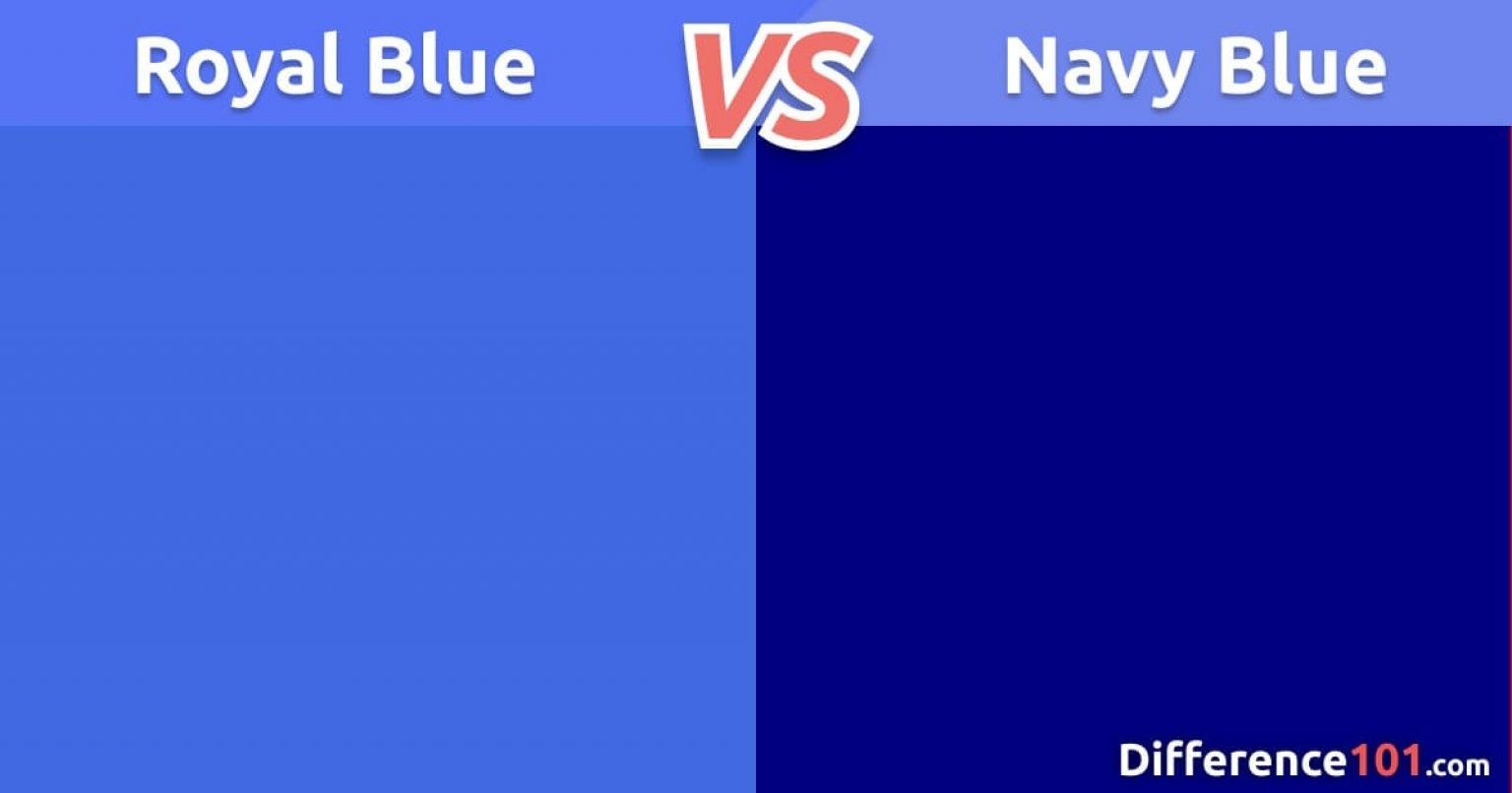
Skeleton is an open source tool with 16.8K GitHub stars and 2.93K. 'They really set a new bar in design' is the top reason why over 2 developers like Material Design, while over 7 developers mention 'Minimalist' as the leading cause for choosing Skeleton. With this investment, Skeleton aims to expand its research and development as well as scale its production. Material Design and Skeleton can be primarily classified as 'Front-End Frameworks' tools. Future testing will include repetitive pulsing that will be used to compare the amount of energy lost as heat for each cell due to their ESR".Įarlier this month, Skeleton Technologies stated its plan to invest €25 million in its plant located in the German state of Saxony. It also allows for more efficient energy storage systems due to the cell’s low ESR. This advancement in the energy storage technology will allow for the construction of energy systems that can supply more power to transient loads and allow for the reduction in the size of existing systems.

Skeleton’s superior results are likely due to their use of curved graphene instead of the activated carbon that the other manufacturers use. This was as expected due to its properties as an LIC, though it is more energy dense than the other three cells as well. As for the JM Energy cell, it was the least power dense and had the highest ESR of the four cells tested. Different values allow for 16,777,216 potential colors to be chosen. Common color codes are in the forms of: a keyword name, a hexadecimal value, a RGB (red, green, blue) triplet, or a HSL (hue, saturation, lightness) triplet.

#NAVY VS SKELETON COLOR CODE#
The researchers commented: "Its ESR was less than half of any of the other cells tested, and its power density is more than 10-kW/kg higher than the others. A HTML color code is an identifier used to represent a color on the web and within other digital assets. The researchers found that the Skeleton cell far outperformed the other cells tested, and graphene was mentioned as the probable cause for this efficiency. The team studied cells from the four different manufacturers under high pulsed load conditions to measure their power density into low-impedance loads. Of the four tested, only the Skeleton supercapacitors are graphene-enhanced. A study led by John Heinzel from the US Naval Surface Warfare Center in Philadelphia, along with researchers at the University of Texas at Arlington, has compared the performance of supercapacitors from four different manufacturers: Maxwell, Ioxus, JM Energy, and Skeleton.


 0 kommentar(er)
0 kommentar(er)
